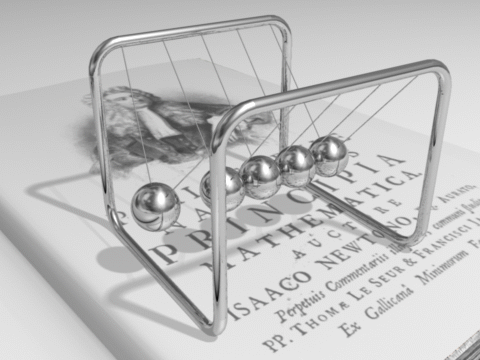Friday Fun on the Gateway
Published: 24 September 2010Here are another 5 of our favourite BUFVC Moving Image Gateway entries that we entered or edited in the last week, with the spread of topics ranging from clay animation techniques to materials science.
The Energy Bulletin
An initiative of the Post Carbon Institute, it publishes news, research and analysis relating to fossil fuel depletion and energy sustainability. The Media Publishers section of the website features audio and video interviews and talks by authors, academics and politicians – mainly from the USA. The site is regularly updated with new material and follows contemporary events.
Animate Clay!
Dedicated to clay and stop motion animated films and their production. The site provides a discussion forum for members of the community and a space for them to showcase their work. Stop Motion is an online store that sells instructional books and DVDs on animation production techniques, and they are also sold as downloads.
Nova, the long-running American television series on popular science, has recently revamped its website. Programmes already broadcast are available for online viewing, with credits and transcripts supplied, and clips of forthcoming broadcasts are available for preview. The collection is searchable by broadcast date or broad topic under the headings ancient world, body & brain, evolution, military & espionage, nature, physics & maths, planet earth, space & flight, and tech & engineering.
CCNMTL
A service of Columbia University which aims to enhance teaching and learning through the use of new media. The Podcasting & Media Tools section of the website focuses on the creation of audio, enhanced audio, and video for classroom use. The resources in this section offer advice on which software to use in creating recordings of class lectures and presentation materials, what media format to offer it in, and tips on how to develop a style and structure for your recorded presentation that matches your pedagogical approach to teaching.
The MAST modules,on the website of the Materials Science and Engineering Department at the University of Illinois, represent the cumulative efforts of high school teachers and university professors over a three year development period funded by the National Science Foundation. There are separate modules on metals, semi-conductors, concrete, ceramics, polymers, composites, and energy. Each module includes several videos on the topic, as well as textual material.
 Learning on Screen
Learning on Screen
